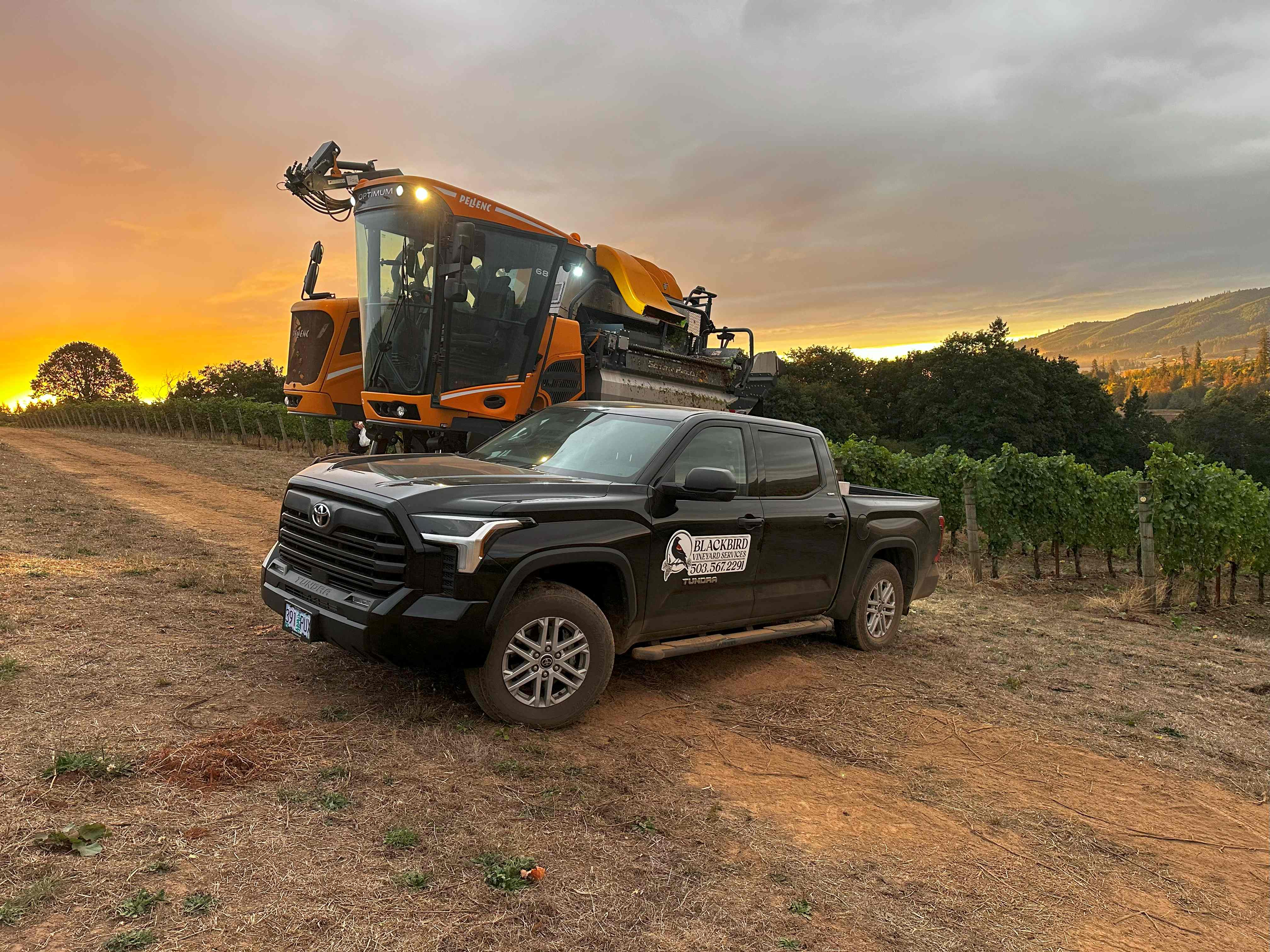Cultivating Sustainability and Excellence
Oregon’s Willamette Valley is renowned for its world-class Pinot Noir, but beyond its celebrated wines, a quiet revolution is taking place—one that’s reshaping how vineyards interact with the land. Regenerative farming, a step beyond organic and sustainable agriculture, is gaining momentum among forward-thinking vintners who recognize that the future of wine depends on the health of the soil, biodiversity, and resilience to climate change.
What is Regenerative Farming?

At its core, regenerative agriculture is about restoring and enhancing the natural ecosystem of the vineyard. It goes beyond minimizing harm to actively improving soil health, water retention, and biodiversity. Techniques such as cover cropping, composting, minimal tillage, and holistic livestock integration help sequester carbon, enrich the soil with essential nutrients, and create a self-sustaining environment that reduces reliance on chemical inputs.
We can consult with you on ways to adopt these practices in your vineyards.
REGENERATIVE VITICULTURE:
Key aspects of Regenerative Viticulture and Farming in Oregon’s Wine Country:
Regenerative Matters in the Willamette Valley
The Willamette Valley’s cool climate and unique terroir make it an ideal region for viticulture, but these same factors also make it vulnerable to shifting weather patterns and soil degradation. By adopting regenerative practices, local vineyards are not only producing healthier vines and higher-quality grapes but also ensuring long-term agricultural viability.
A healthy vineyard ecosystem translates directly to better wine. Living soils foster vines with stronger root systems, which in turn lead to more complex flavor profiles in the grapes. Additionally, biodiversity—achieved through native plantings, insectary habitats, and rotational grazing—creates a balanced environment where pests are naturally controlled and soil fertility is maintained.
Leading the Charge: Willamette Valley Wineries Embracing Regeneration
Several pioneering wineries in the Willamette Valley are leading the charge in regenerative viticulture. Many are embracing no-till practices to prevent soil erosion, planting diverse cover crops to improve soil organic matter, and integrating animals like sheep and chickens to naturally manage weeds and fertilize the land. Some have even implemented agroforestry techniques, blending vineyards with native oak savannas and pollinator-friendly hedgerows.
Producers like Ambar, Soter Vineyards, Antiquum Farm, & many others have all committed to soil-first farming methods, recognizing that a thriving vineyard begins beneath the surface. These wineries are proving that regenerative agriculture isn’t just good for the environment—it’s also good for business, yielding wines that reflect the purity and depth of the land they come from.
A Vineyard nurtured by regenerative practices restores soil health, supports biodiversity, and creates a sustainable future. Giving back to the earth ensures resilient vines, vibrant ecosystems, and wines that tell the story of a healthier planet.
The Future of Regenerative Viticulture in Oregon
As awareness grows and consumer demand for sustainably produced wines increases, regenerative viticulture is poised to become a defining characteristic of the Willamette Valley wine industry. Organizations like the Regenerative Organic Alliance and The Regenerative Viticulture Foundation are helping to set standards and provide certifications, ensuring that vineyards that commit to these practices receive recognition for their efforts.

Regenerative: From vine to wine
Thinking about regenerative viticulture will not only affect the future of your Vineyards, but will ensure you focus on quality from vine to wine. For wine lovers, choosing bottles from regenerative vineyards means supporting an agricultural movement that prioritizes soil health, biodiversity, and resilience in the face of climate change. It’s not just about great wine—it’s about cultivating a future where viticulture and the environment thrive together.
Raising a Glass to Regeneration
The Willamette Valley has long been at the forefront of sustainable winemaking, and the shift toward regenerative farming is a natural progression of that commitment. As more vineyards embrace these principles, they’re not only preserving Oregon’s unique terroir but also crafting wines that tell a deeper, richer story—one rooted in the land’s renewal and resilience.
As stewards of Oregon’s wine country, your commitment to regenerative farming shapes not only the quality of your grapes but the future of viticulture itself. Every choice you make—from nurturing living soils to fostering biodiversity—contributes to a more resilient landscape and a thriving wine industry for generations to come. By investing in the health of the land today, you’re ensuring that the Willamette Valley continues to produce exceptional wines while safeguarding its natural heritage for the future.








